AUGUST 04, 1960
The House of Commons approved the Canadian Bill of Rights, which received royal assent on August 10. Although the Bill did not bind the provinces, it obliged the federal government to guarantee civil rights and freedoms to all Canadians.
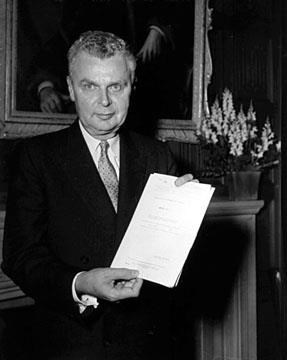
JULY 01, 1962
When the Saskatchewan Medicare Act came into force, most Saskatchewan doctors closed their offices. The Medical Care Insurance Commission brought doctors from out of province to meet the emergency.
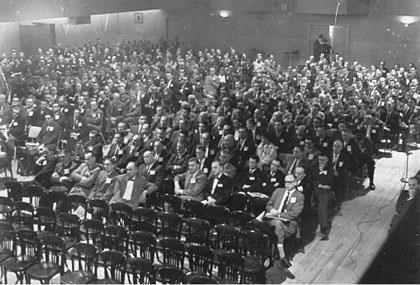
DECEMBER 15, 1964
A new national flag of Canada was adopted after much debate. The Senate gave its approval on 17 December. Queen Elizabeth signed the royal proclamation on 28 January and the new flag, with its red maple leaf and side bars, flew officially for the first time on 15 February 1965.
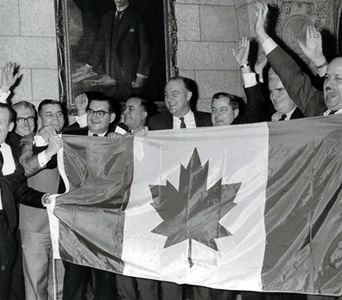
FEBRUARY 15, 1965
The Flag of Canada was raised for the first time on Parliament Hill, Ottawa.
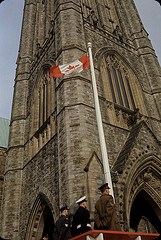
JULY 09, 1969
The Official Languages Act was given assent, to come into effect on September 7. It declared English and French the official languages of the federal administration. Federal government services — including all services related to federal elections — must now be available in both French and English.
JANUARY 01, 1970
Voting Age is lowered to 18.
NOVEMBER 09, 1972
Canada launched the world's first geostationary domestic satellite, Anik A-1
APRIL 20, 1973
The telecommunications satellite Anik A-2 was launched from Cape Canaveral, Fla. With its launch, Canada became the first country in the world to employ satellites for domestic communications.
MAY 01, 1975
Communications satellite Anik A-3 was launched.
APRIL 12, 1980
Terry Fox began his Marathon of Hope in St. John's, NL, to raise money for cancer research. The run ended on 1 September in Thunder Bay, ON, after cancer was discovered in his lungs. Within days the marathon had raised over $10 million.

MAY 20, 1980
The first of two Quebec referendums is held. Initiated by the Parti Québécois, it asks Quebec voters whether or not to approve negotiations leading to the province’s sovereignty. The “No” side wins with 60 per cent support. After the failure of two constitutional accords, a second vote in 1995 narrowly approves of the province remaining in Canada, with 50.58 per cent support. In 2006, the federal government recognizes that the Québécois form a “nation” within a united Canada.
MARCH 08, 1982
The British House of Commons passed the Canada Act of 1982. It was adopted by the House of Lords on March 25. The Act ended British legislative jurisdiction over Canada. Queen Elizabeth II signed the proclamation in Ottawa on April 17.
APRIL 17, 1982
The Canadian Charter of Rights and Freedoms affirms the right of every Canadian citizen 18 and older to vote and to stand as a candidate.
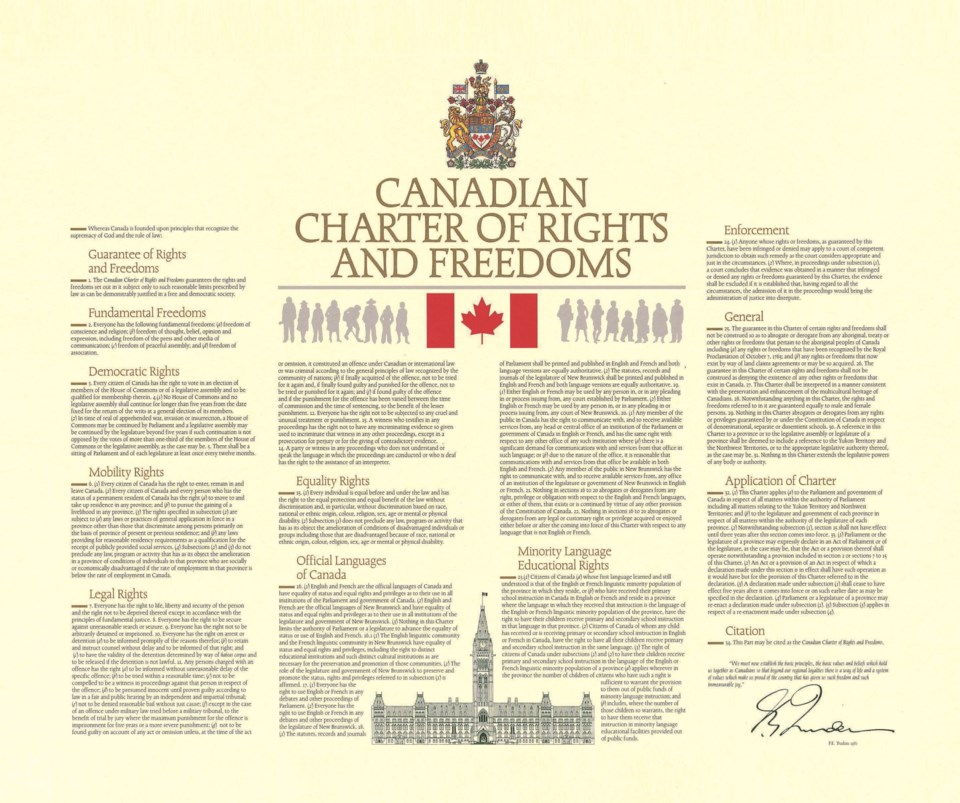
JANUARY 01, 1988
People with intellectual disabilities are granted the right to vote after a successful Charter challenge.
JANUARY 01, 1989
The Free Trade Agreement between Canada and the US went into effect. The pact, later expanded through NAFTA, would profoundly alter the economic relationship between Canada and the United States.
JUNE 23, 1990
Meech Lake Accord Collapsed after the self-imposed deadline passed. The collapse owed much to Premier Clyde Wells' blockage in Newfoundland and failure to pass in Manitoba thanks to MLA Elijah Harper. It led to further constitutional wrangles and the renewal of the separatist movement in Québec.
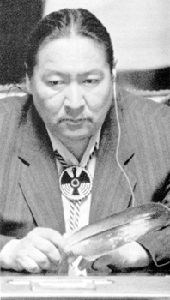
www.thecanadianencyclopedia.ca/en/timeline/100-great-events-in-canadian-history




